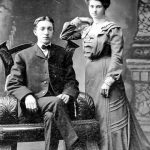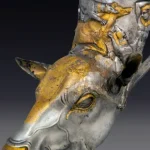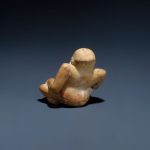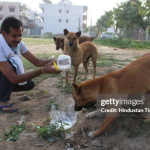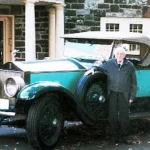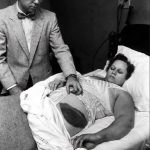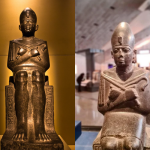Comanche: The Lone Survivor of Custer’s Last Stand
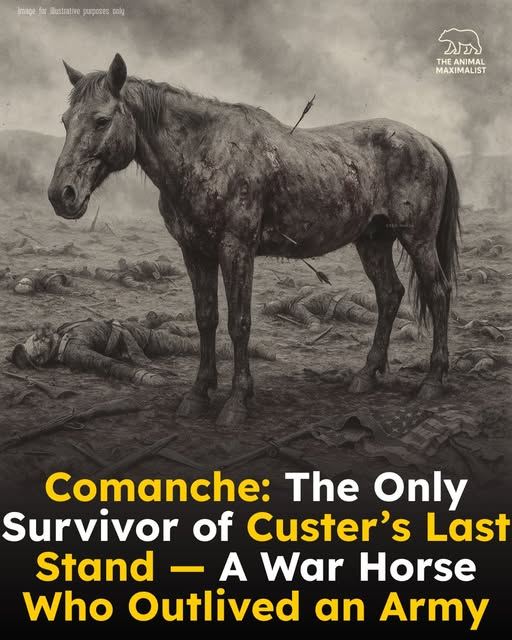
Comanche: The Lone Survivor of Custer’s Last Stand
In June 1876, amid the brutal Battle of Little Bighorn, hundreds of U.S. cavalrymen perished in what would become one of the most infamous defeats in American military history. Yet from the chaos, one survivor emerged—not a soldier, but a horse.
His name was Comanche, a bay gelding belonging to the 7th Cavalry. He had carried his rider into the heart of the fight, where arrows and bullets rained without mercy. Wounded multiple times, bleeding and weakened, Comanche endured the slaughter around him. When soldiers finally returned to the battlefield days later, they found him still alive, trembling but standing, a living reminder of the devastation.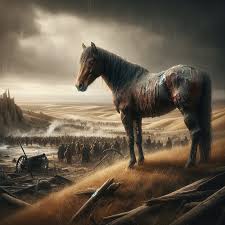
Recognizing his extraordinary survival, the Army spared no effort in nursing him back to health. Comanche became more than a cavalry horse—he became a symbol. From that moment forward, he was never ridden again. Instead, he lived out his years as a cherished figure, appearing in parades and ceremonies draped in cavalry colors.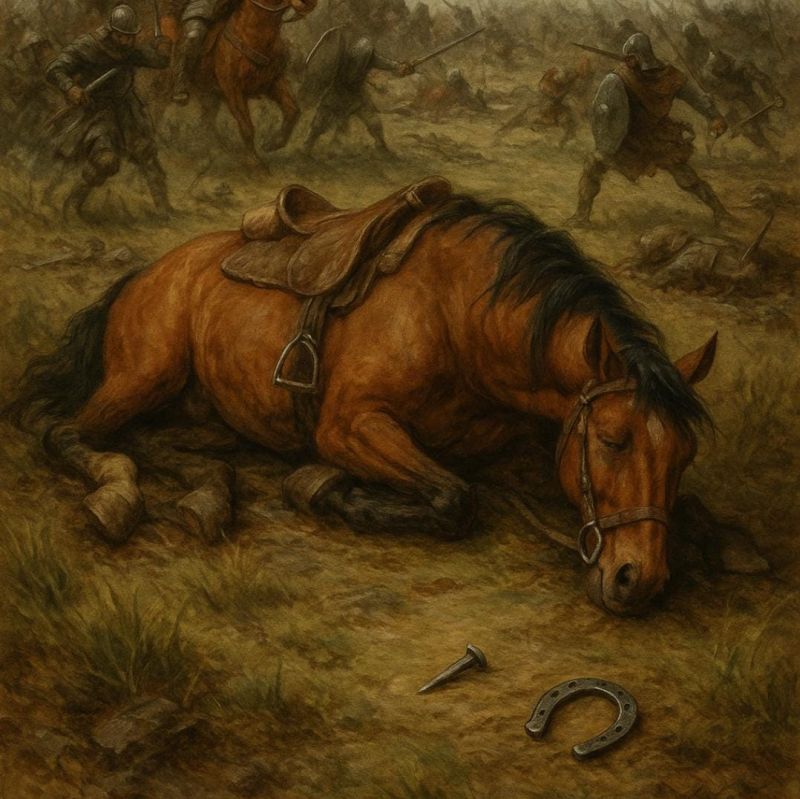
To the men who served, he represented loyalty, endurance, and the unspoken bond between soldier and animal. To the nation, he became a reminder that even in war’s darkest hours, resilience can emerge in unexpected forms.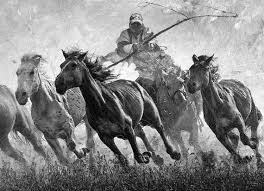
Comanche died in 1891 and was given rare honors for a horse: a military funeral. His preserved form remains at the University of Kansas Natural History Museum, where visitors still come to see the silent witness of Custer’s Last Stand.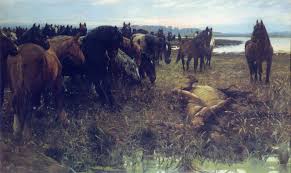
History often remembers generals, strategies, and losses. But Comanche’s story endures because it tells another truth—that sometimes the most remarkable survivors of war walk not on two legs, but on four.


